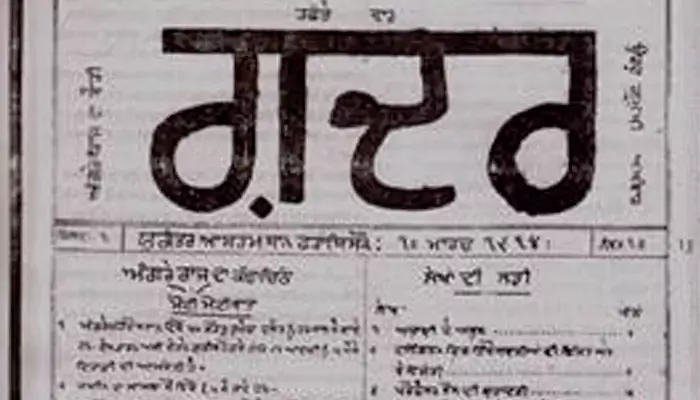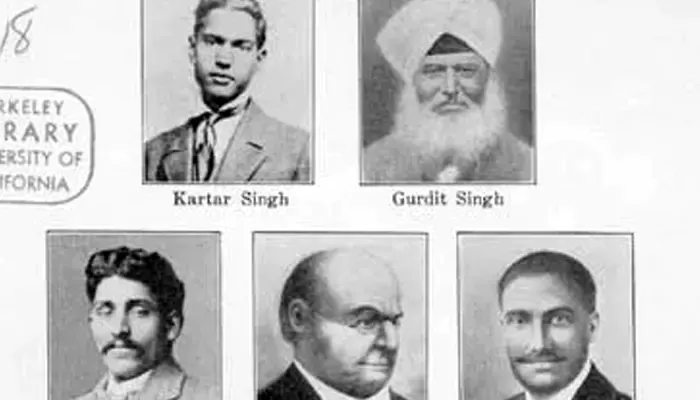
He was just 19. But his words, his fire, and his gallows walk still echo through India's freedom song.
In the dusty alleys of Sarabha village in Punjab, a child who would not grow old was born. Kartar Singh was sharp, curious, and fearless from a young age. Sent to study in the United States at just 16, few could have imagined what he'd become. He didn't stay in libraries. He entered a revolution. In California, Kartar met fiery Indian immigrants disillusioned by the British Empire. These were the seeds of the Ghadar Party, a group determined to shake the Raj from overseas. The boy from Punjab was ready to set the world alight.
In San Francisco, Kartar Singh learned more than politics. He learned to print. He helped publish 'The Ghadar', a newspaper filled with calls for armed revolt, poems of resistance, and bold headlines urging Indians to rise. He wasn't just writing history, he was making it. Each issue was smuggled into India, hidden in luggage or tucked inside religious books. The British tried to stop it, but the ink had already spread, and Kartar, just 17 at the time, had become one of its key editors.

In 1914, World War I had begun. The Ghadar leaders saw this as the perfect time to strike. Kartar Singh returned to India, determined to launch a rebellion from Punjab's soil. He moved from village to village, printing leaflets, meeting former soldiers, and training recruits. He carried pistols, poetry, and propaganda—equal parts revolutionary and romantic. He believed the Indian soldier would rise, farmers and students would join hands, and the British would fall from within. But his dream would be betrayed before it fully bloomed.

The uprising was planned for February 1915. Guns were to be stolen, barracks stormed. But the British had infiltrated the movement. Kirpal Singh, a fellow Ghadarite turned informer, passed the details to the authorities. Raids swept across Punjab. Hundreds were arrested. Leaders went into hiding. Plans crumbled. Kartar Singh was captured near Ferozepur with weapons and pamphlets. He was only 18. But his trial would make him a symbol.
In Lahore's Special Tribunal, Kartar Singh stood like a lion. He laughed at the prosecution. He recited revolutionary poetry in court. He refused to apologise.
He told the judge, "If I had more time, I would've done more. My life is nothing in comparison to the cause of freedom." His words shook even the British officers. But the verdict was sealed. On November 16, 1915, Kartar Singh Sarabha was hanged in Lahore Jail. He was just 19. One year short of adulthood. But old enough to die for his nation.
His death did not silence him. In fact, it amplified him. Years later, a young student from Lahore would keep a photo of Kartar Singh in his pocket. That student was Bhagat Singh, who called him his "first love" and "hero." Kartar's poems, especially those written in Gurmukhi, became resistance anthems. His courage inspired thousands who picked up the tricolour and marched, knowing they might fall too.
Today, Kartar Singh Sarabha is not just a name. He's a legend. He was a teenager who wrote, printed, fought, and died with the belief that India must be free. No building, no border, and no British order could hold him. His youth was short. But his flame, fierce and fearless, burns on. And every time a young voice rises in protest, somewhere, Kartar Singh lives again.